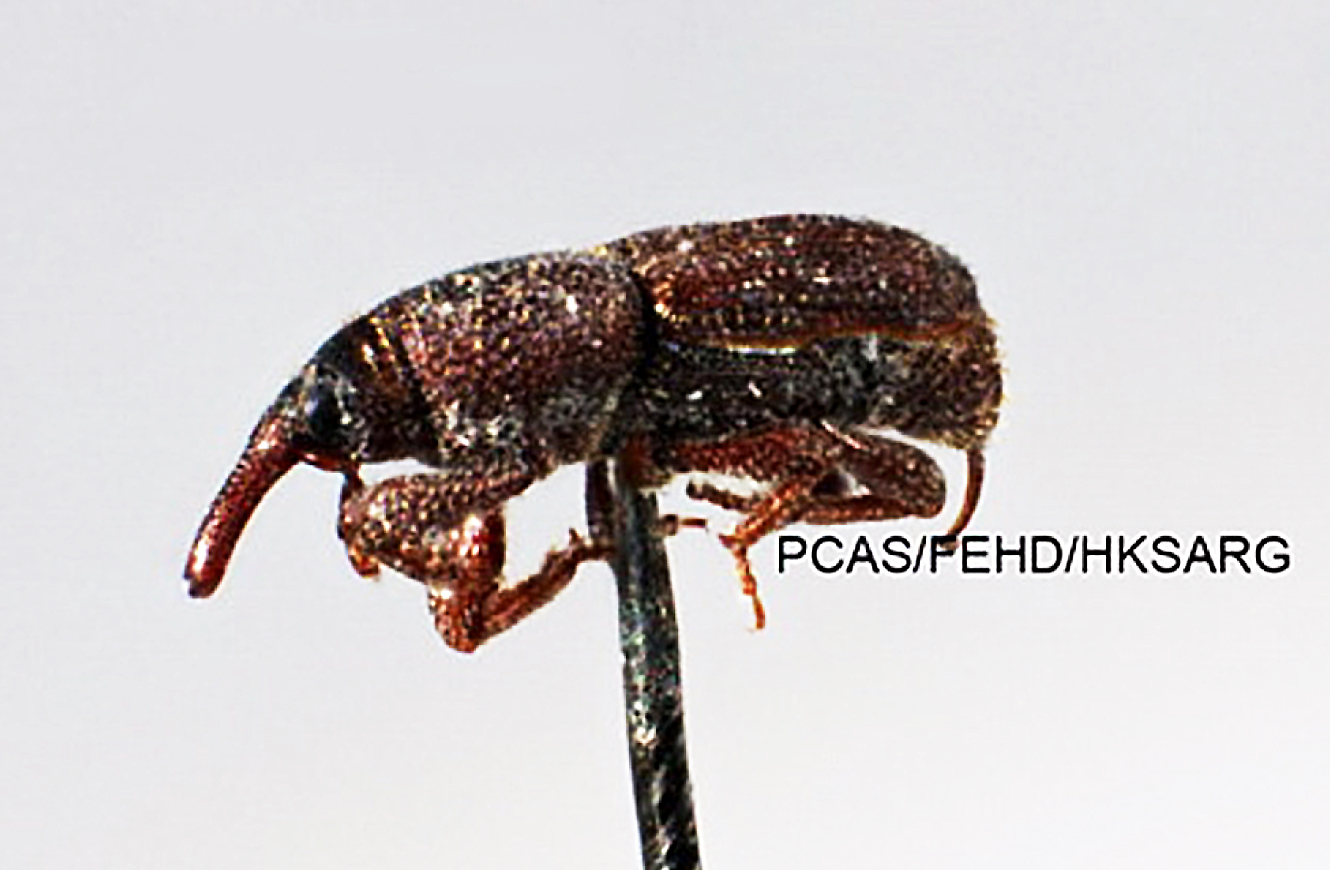
Food Safety Focus (189th Issue, April 2022) – Article 2
Insects and Insect Fragments in Cereals and Grains
Reported by Mr. Kenneth YIP, Scientific Officer,
Risk Communication Section, Centre for Food Safety
Cereals and grains are agricultural products that are susceptible to pest infestation, such as rice weevils. These insects are foreign substances potentially found in cereals and grains such as rice, corn, wheat, oats and barley, as well as their products like noodles and pasta. Infestation can happen before harvesting or during storage, which may be brought to the production line. During food processing, some may be ground into fine fragments not visible to the naked eye.
While food products adulterated with insect fragments may not look appealing to consumers, food authorities usually regard them as natural and unavoidable substances that pose no apparent health hazards to humans. Insects like rice weevils are harmless to people, pets, furniture and clothes. They do not bite and sting, but damage the grains that they infest.
In general, grain insects cannot survive in grains with a low moisture content. Temperature control can be used when handling infested items. Rice weevils, for example, can be killed by heating the infested item to 60°C for an hour or freezing at 0°C for a week. With that said, manufacturers should always follow good manufacturing practices, such as shortening the time between storage and processing of grain products, to reduce the chance of infestation. Consumers should avoid buying products with non-intact packaging and signs of infestation. After purchase, store grain products in airtight, sturdy containers and in a cool, dry place. Discard the grains if they are too damaged to be fit for consumption.

Figure 2: Rice Weevil (Sitophilus oryzae) (By courtesy of Pest Control Advisory Section, Food and Environmental Hygiene Department)


